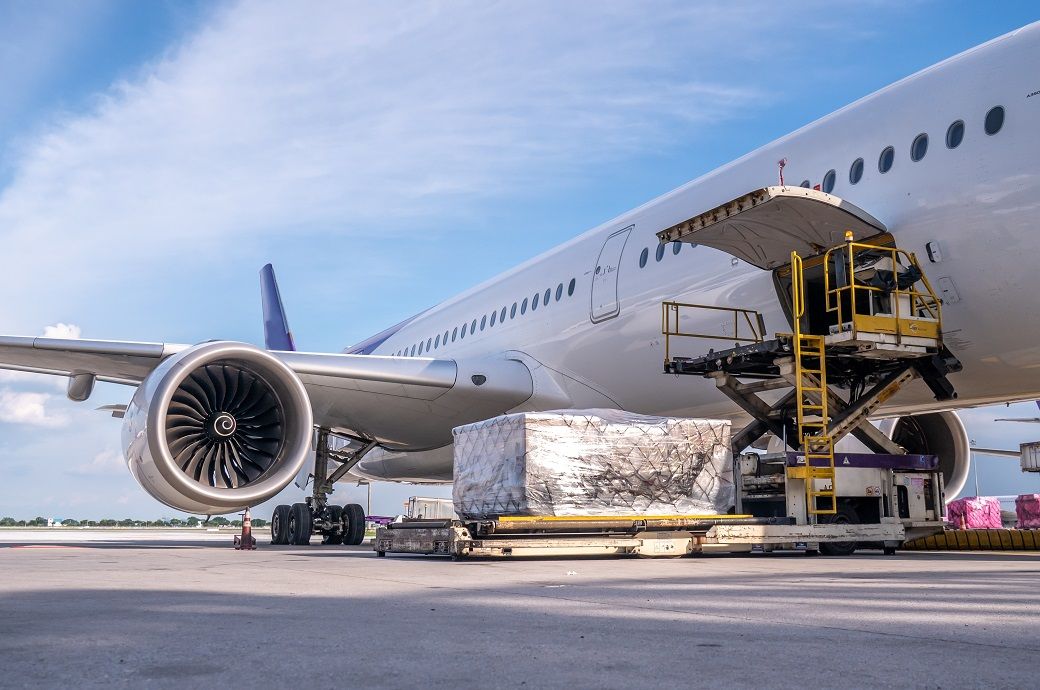
The International Air Transport Association (IATA) has reported that global air cargo markets experienced a slight decline in February 2025, marking the first year-on-year contraction in demand since mid-2023.
Total demand, measured in cargo tonne-kilometres (CTKs), fell by 0.1 per cent compared to February 2024. However, international operations showed a modest increase of 0.4 per cent. Capacity, measured in available cargo tonne-kilometres (ACTKs), also declined by 0.4 per cent, although international capacity rose by 1.1 per cent over the same period.
This performance reflects a mixed economic environment. In January, global industrial production rose by 3.2 per cent year-on-year (YoY), the strongest growth recorded in two years, while world trade expanded by 5 per cent. Jet fuel prices averaged $94.6 per barrel in February, representing a 2.1 per cent decline from January.
The global manufacturing Purchasing Managers Index (PMI) stood at 51.5 in February, indicating expansion, while the PMI for new export orders increased slightly to 49.60, remaining just below the 50 threshold that separates growth from contraction, IATA said in a release.
Inflation continued to pose challenges in the United States, Europe, and Japan, with only marginal easing from January levels. Meanwhile, China reported its first consumer price decline in 11 months, reinforcing concerns over persistent deflationary pressure.
Performance across regions was varied. Asia-Pacific carriers recorded a 5.1 per cent YoY growth in demand, supported by a 2.7 per cent increase in capacity. North American carriers saw demand fall by 0.4 per cent, while capacity shrank by 3.5 per cent. European carriers experienced a marginal 0.1 per cent drop in demand and a 0.2 per cent decrease in capacity.
Middle Eastern carriers registered the sharpest decline, with demand down 11.9 per cent and capacity falling 4.0 per cent. Latin American airlines delivered the strongest performance, with demand rising 6.0 per cent and capacity up 7.6 per cent. African airlines reported a 5.7 per cent decrease in demand and a 0.6 per cent reduction in capacity.
In terms of trade lanes, the Trans-Pacific corridor remained the world’s busiest in February. Intra-Asia routes posted strong growth, becoming the fifth busiest globally. Europe–Asia and Transatlantic routes also saw expansion. However, Middle East–Asia and intra-European lanes recorded declines.
ALCHEMPro News Desk (HU)
Receive daily prices and market insights straight to your inbox. Subscribe to AlchemPro Weekly!